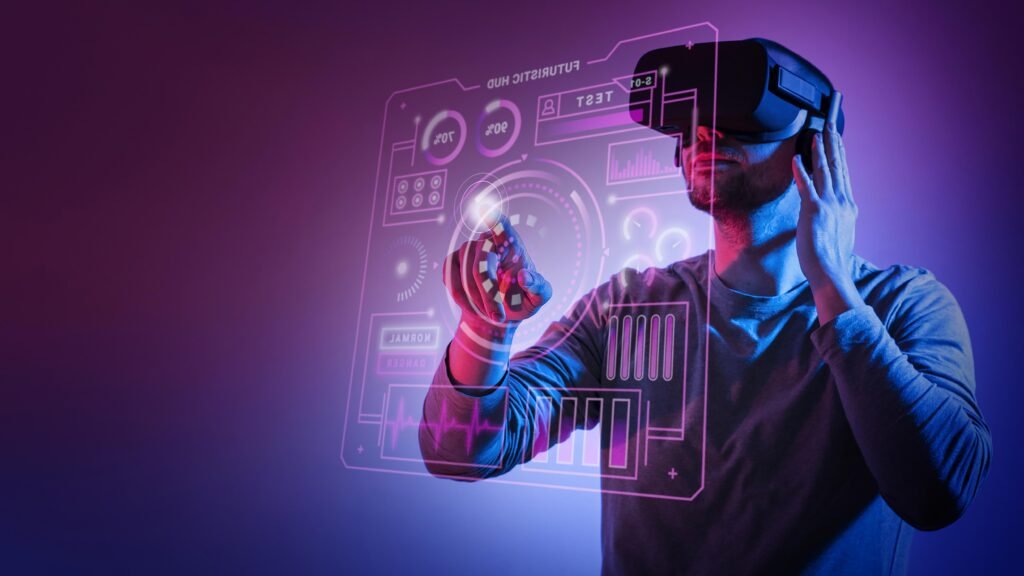Trending
- Pakistan, Tajikistan discuss cultural and digital cooperation
- ‘Junk DNA’ leads to amazing breakthrough for Alzheimer’s cure
- ‘Spider-Man 4’ director shares big update on upcoming film
- Jeffrey Epstein files key takeaways
- Musk’s appeal victory restores massive 2018 Tesla pay deal worth about $139 billion
- James Cameron clarifies Arnold Schwarzenegger’s role in next ‘Terminator’ sequel
- Key takeaways from DOJ disclosure
- Gisele Bündchen officially marries Joaquim Valente



8 Comments
Pingback: The Fastest Way to Lose Belly Fat - Mentor Makers
You have remarked very interesting points! ps nice site.Money from blog
Top Latest Technology In Web Development – Mentor Makers
amwhzhelkm
mwhzhelkm http://www.g7ny0wtyf04ezi40344hs4c1027fga22s.org/
[url=http://www.g7ny0wtyf04ezi40344hs4c1027fga22s.org/]umwhzhelkm[/url]
Multiple Shots Mould
Combo D-Sub 2V2 High Current Connector
High Current D-Sub 3W3 Combination Connector
Automotive Interiors Injection Molding Tool
グローバルセンス
クラシックグランデ
Hight Temperture Mold
プレシャスエリート
Thin Wall Mold
oby.be
D Type 78 Pin D-Sub High Density Connector
ディバインセレクション
D-Sub High Density 62 Pin D Type Connector
Good Price Die Cast Mould Manufacturer
Combination D-Sub 2W2 High Current Connector
エターナルラグジュアリー
D-Sub Combination 25W3 High Current Connector
スタイリッシュクラシック
トレンディーモード
Standing Boxing Sandbag
pstz.org.pl
Combi High Current Sub D 36W4 Connector
D-Sub 24W7 Signal High Current Combo Connector
Bumper Plates Weight Plates
Combi D-Sub 27W2 D Type High Current Connector
エリートクラシック
エレガントヴィンテージ
Combination High Current 21W4 D-Sub Connector
Plastic Kettlebell
Medicine Ball
Medicine Ball
ファッションエレガンス
グランドラグジュアリー
Multi-Tier Bamboo Corner Shelf
Wi-Fi Ceiling Fan
Environmentally-Friendly Bamboo Shelf
Blender
Bamboo Shelf for Corners
Bamboo Space-Saving Corner Shelf
Juicer Extractor
Bamboo Decorative Corner Shelf
Bldc Ceiling Fan
Blender Bldc Driver
http://www.skylets.or.jp
Tifa Sex Doll
Pressure Shut-off Valve DAW
Check-Q-Meter Type DC 10P
Realistic Sex Doll
グランドラグジュアリー
Torso Sex Doll
Pressure Shut-off Valve DA
Check-Q-Meter Type DC 20P
Sex Doll Threesome
Pressure Relief Valve DB3U
Fucking Sex Doll
http://www.ecopanel.com.vn
Camping Folding Box With Handle
http://www.borisevo.myjino.ru
Low Viscosity Pe Wax
Simple Camping Folding Box
Polypropylene Pp Wax
Camping Folding Box
Polyethylene Wax Emulsion Formulation
Ope Wax In Pvc
Storage Cabinet
Polyethylene Wax Emulsion Formulation
グランドラグジュアリー
Camping Box With Multiple Doors